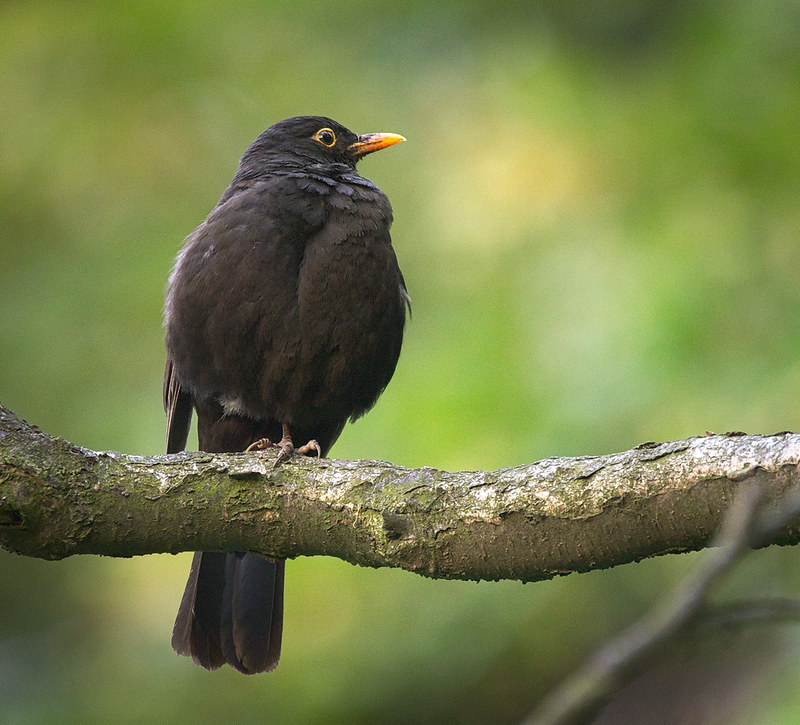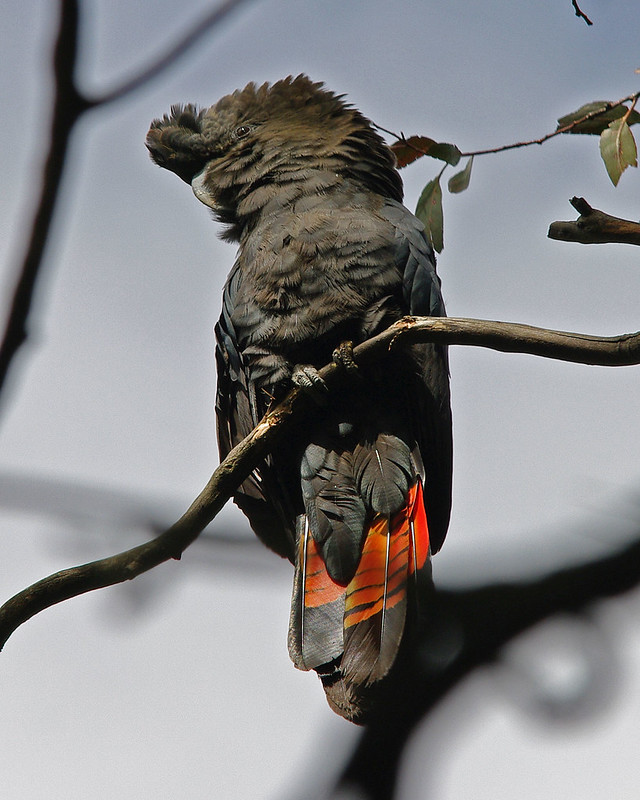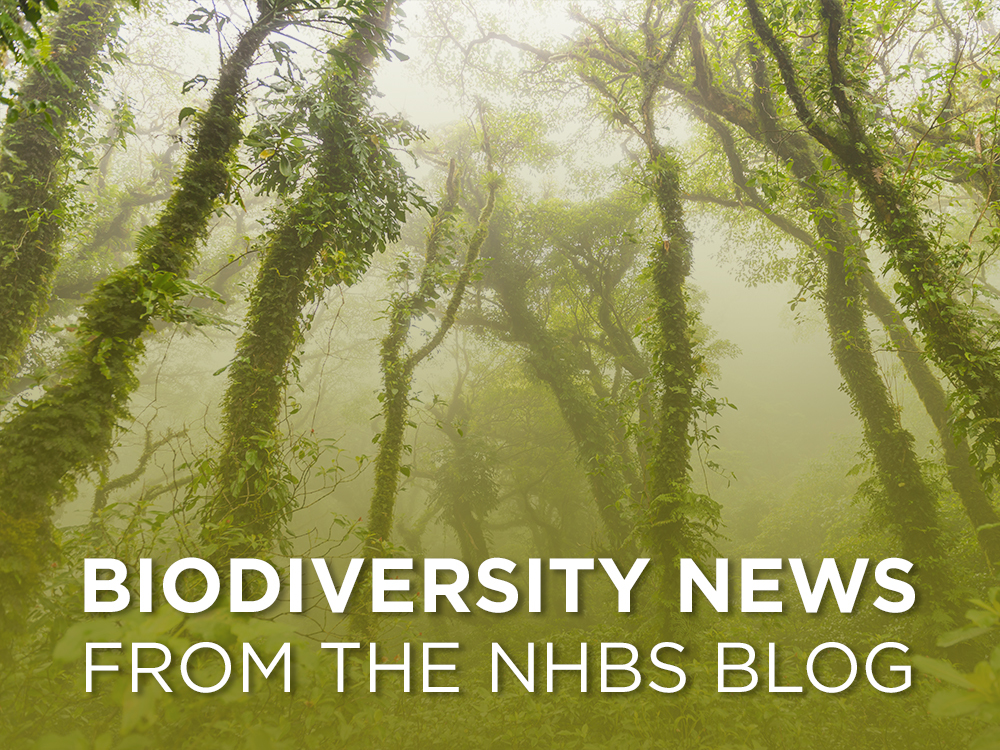Wildlife
A mosquito-borne disease has spread to the UK and is now affecting wild bird populations. The deadly Usutu virus was first detected in southern Africa over half a century ago and spread to the UK in 2020. Blackbirds are specifically susceptible to the virus, with mass die-offs occurring as a result of the disease across Europe, and it has recently spread across the UK as far as Dorset and Cambridgeshire. Scientists are now monitoring the spread of the Usutu virus amid concerns that climate change may turn Europe into a breeding ground for its host species, mosquitoes, therefore exacerbating the reach of the disease.
 Male blackbird (Turdus merula) perched on a branch by hedera.baltica, via flickr.
Male blackbird (Turdus merula) perched on a branch by hedera.baltica, via flickr.
Scientists warn about numerous new threats affecting bee populations. A study from the University of Reading has highlighted that war zones, microplastic and air pollution are posing some of the greatest threats to our pollinators. An increase in worldwide conflict has forced countries to grow a smaller variety of agricultural crops, leaving pollinators without a diverse range of food sources throughout the year, whilst investigations into air pollution has revealed that is affecting the survival, reproduction and growth of our key pollinator species. Researchers also tested 315 honey bee colonies and found traces of microplastic contamination within most hives. Professor Simon Potts, the lead author of this report, stated that identifying these news threats and finding ways to protect pollinators early is the key to preventing further population decline.
Extinction risk
‘Vulnerable’ cockatoo species facing further habitat loss due to bushfires. Conservationists have warned that the planned burning of 13,000 hectares of forest in East Gippsland, Australia, may jeopardise declining Glossy Black Cockatoos populations. 64% of this species habitat was burned in the 2019-2020 black summer bushfires, resulting in the population becoming wholly dependent on the 48,000 hectares of unburnt coastal forest around Lake Tyers. Glossy Black Cockatoos feed almost exclusively on the cones of black sheoak trees, which are often subject to planned burning programmes. Australia’s biodiversity, wildlife, and habitat are currently under threat from bushfires, prompting ecologists and nature campaigners to highlight the urgent need for careful management, especially with Victoria’s cockatoo population now estimated at a mere 250.

Welsh Celtic rainforests under threat. A 2024 survey investigating the ecology of Welsh rainforests has revealed that only 22% of the temperate rainforests found in this area are in ‘good’ condition, with many others under threat due non-native species, storms and inappropriate grazing of livestock. These rare habitats are only found in isolated areas across the world, including the Woodland Trust’s Coed Felenrhyd near Gwynedd, however it is vital that the remaining 33,024 hectares of rainforest left in Wales are protected. Natural Resources Wales manage seven Celtic rainforest reserves in the Meirionnydd area, and have now stated that these ‘exceptionally important sites’ need conservation and landscape scale management to ensure their preservation.
Climate change
The worlds coastlines are still in danger even if climate targets are met. Even if the world achieves the ambitious goal of limiting global warming to 1.5°C, researchers project that sea levels are still likely to rise by several meters. New investigations into how ice sheets respond to future climate changes suggest that even with stabilized global warming, this rise may not slow down. A major concern is that melting could accelerate past a viable ‘tipping point’ due to intensified warming from human activity, though scientists are yet to pinpoint this critical threshold. The consequences for coastal communities would be catastrophic, as approximately 230 million people currently live within one meter of high tide lines.

